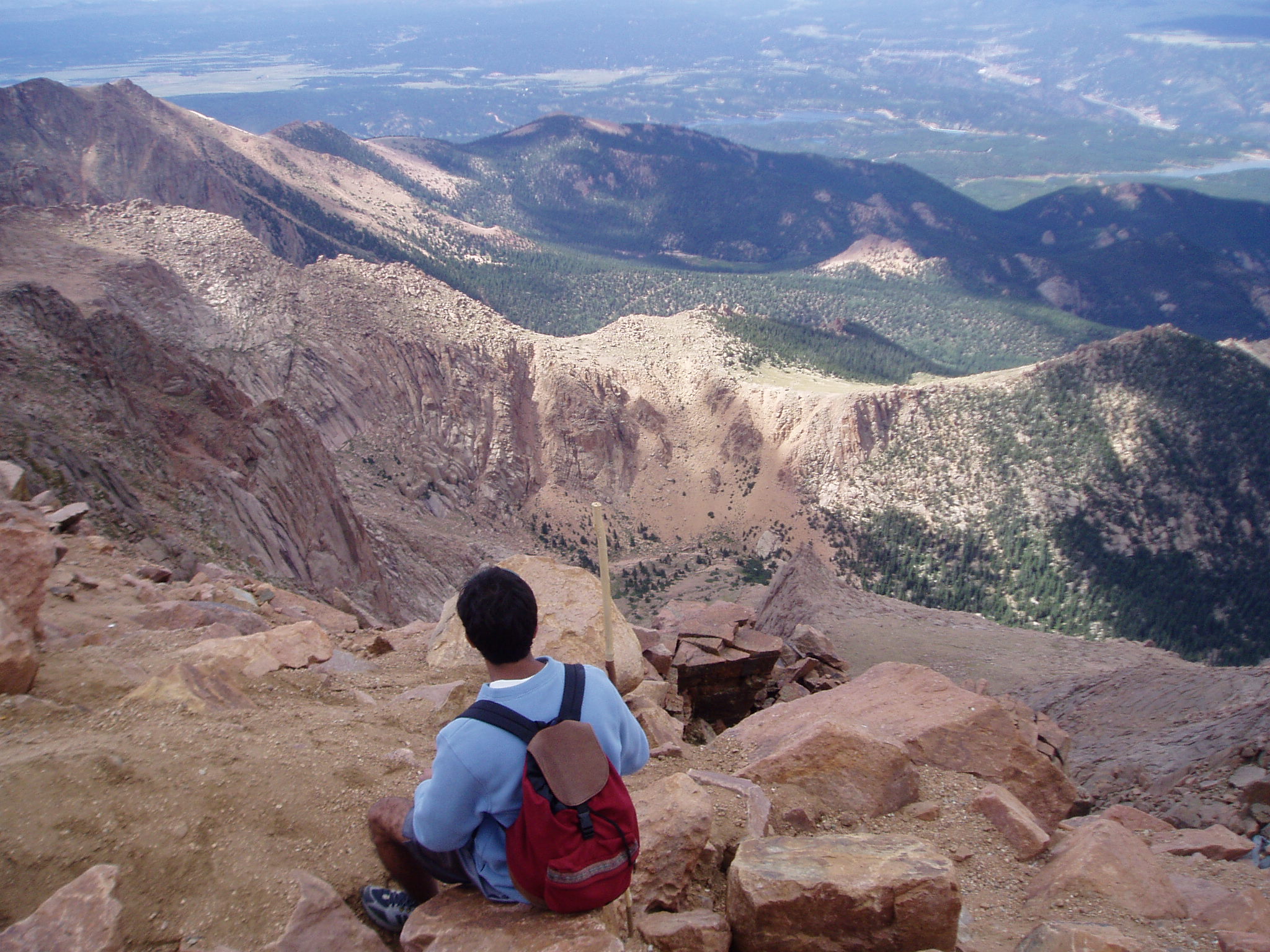There’s a variety of pictures toward Tinder

We had written a script in which I will swipe owing to for every single reputation, and you can help save for each photo so you can a good likes folder otherwise a great dislikes folder. We invested countless hours swiping and you may compiled throughout the ten,000 photo.
You to definitely problem I noticed, are We swiped remaining for around 80% of your profiles. As a result, I experienced on the 8000 into the hates and you can 2000 throughout the likes folder. That is a honestly unbalanced dataset. Because the I’ve particularly pair pictures towards wants folder, the latest time-ta miner will not be really-trained to understand what I like. It is going to just know very well what I dislike.
To resolve this dilemma, I came across images on google of people I found glamorous. However scraped such photo and you will made use of all of them during my dataset.
Now that I’ve the images, there are certain issues. Certain profiles possess photographs having multiple loved ones. Specific photos is actually zoomed aside. Certain images are low-quality. It can difficult to pull beautiful Tacoma, WA women information out of for example a premier version of images.
To settle this problem, We put a Haars Cascade Classifier Algorithm to recuperate brand new faces from images right after which protected it. The Classifier, essentially spends numerous confident/bad rectangles. Entry they by way of good pre-trained AdaBoost design so you can position this new most likely face proportions:
The newest Formula didn’t select the face for approximately 70% of your studies. That it shrank my dataset to three,000 pictures.
So you’re able to model this information, We utilized an effective Convolutional Sensory Circle. Since the my personal category state was really intricate & subjective, I desired an algorithm that will extract a massive sufficient number from has so you’re able to choose a difference between the users We enjoyed and you may hated. Good cNN has also been built for photo class issues.
3-Covering Model: I didn’t anticipate the three coating design to perform perfectly. Once i build people model, i am about to rating a stupid design performing earliest. It was my foolish design. We put an extremely earliest tissues:
Just what that it API lets me to would, was explore Tinder using my personal terminal interface rather than the app:
model = Sequential()
model.add(Convolution2D(32, 3, 3, activation='relu', input_shape=(img_size, img_size, 3)))
model.add(MaxPooling2D(pool_size=(2,2)))model.add(Convolution2D(32, 3, 3, activation='relu'))
model.add(MaxPooling2D(pool_size=(2,2)))model.add(Convolution2D(64, 3, 3, activation='relu'))
model.add(MaxPooling2D(pool_size=(2,2)))
model.add(Flatten())
model.add(Dense(128, activation='relu'))
model.add(Dropout(0.5))
model.add(Dense(2, activation='softmax'))adam = optimizers.SGD(lr=1e-4, decay=1e-6, momentum=0.9, nesterov=True)
modelpile(loss='categorical_crossentropy',
optimizer= adam,
metrics=[accuracy'])
Import Learning having fun with VGG19: The situation to the step 3-Coating design, is that I’m education the brand new cNN towards the a super short dataset: 3000 photographs. An informed performing cNN’s train toward scores of photographs.
This is why, We put a technique called Import Training. Import understanding, is largely bringing a product someone else built and ultizing it on your own study. This is usually what you want for those who have an very small dataset. We froze the initial 21 levels on the VGG19, and just taught the final a couple of. Up coming, I hit bottom and slapped an effective classifier at the top of they. This is what the brand new password ends up:
model = apps.VGG19(loads = imagenet, include_top=Untrue, input_profile = (img_size, img_proportions, 3))top_model = Sequential()top_model.add(Flatten(input_shape=model.output_shape[1:]))
top_model.add(Dense(128, activation='relu'))
top_model.add(Dropout(0.5))
top_model.add(Dense(2, activation='softmax'))new_model = Sequential() #new model
for layer in model.layers:
new_model.add(layer)
new_model.add(top_model) # now this worksfor layer in model.layers[:21]:
layer.trainable = Falseadam = optimizers.SGD(lr=1e-4, decay=1e-6, momentum=0.9, nesterov=True)
new_modelpile(loss='categorical_crossentropy',
optimizer= adam,
metrics=['accuracy'])new_model.fit(X_train, Y_train,
batch_size=64, nb_epoch=10, verbose=2 )new_model.save('model_V3.h5')
Reliability, confides in us of all of the pages one to my personal formula predicted have been genuine, just how many did I actually like? A decreased precision rating means my formula wouldn’t be helpful because most of one’s matches I have was users Really don’t such.
Remember, confides in us out of all the pages that we indeed such as for example, exactly how many did new algorithm anticipate accurately? If this score is actually low, this means the algorithm is being extremely fussy.

